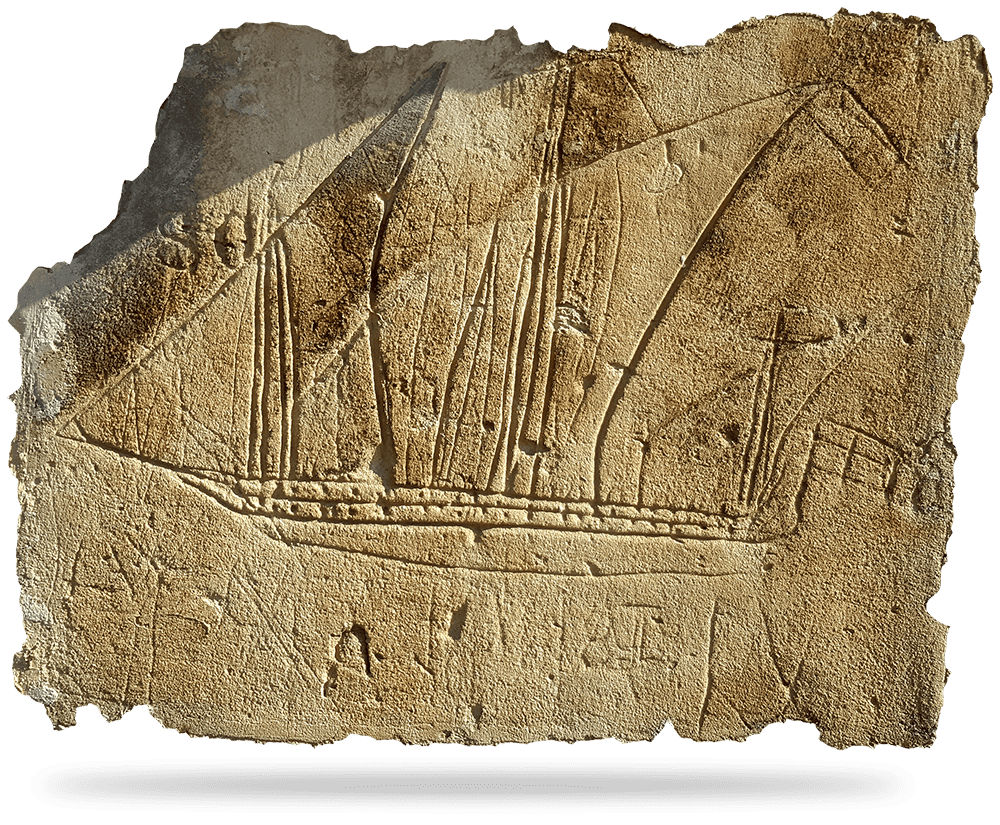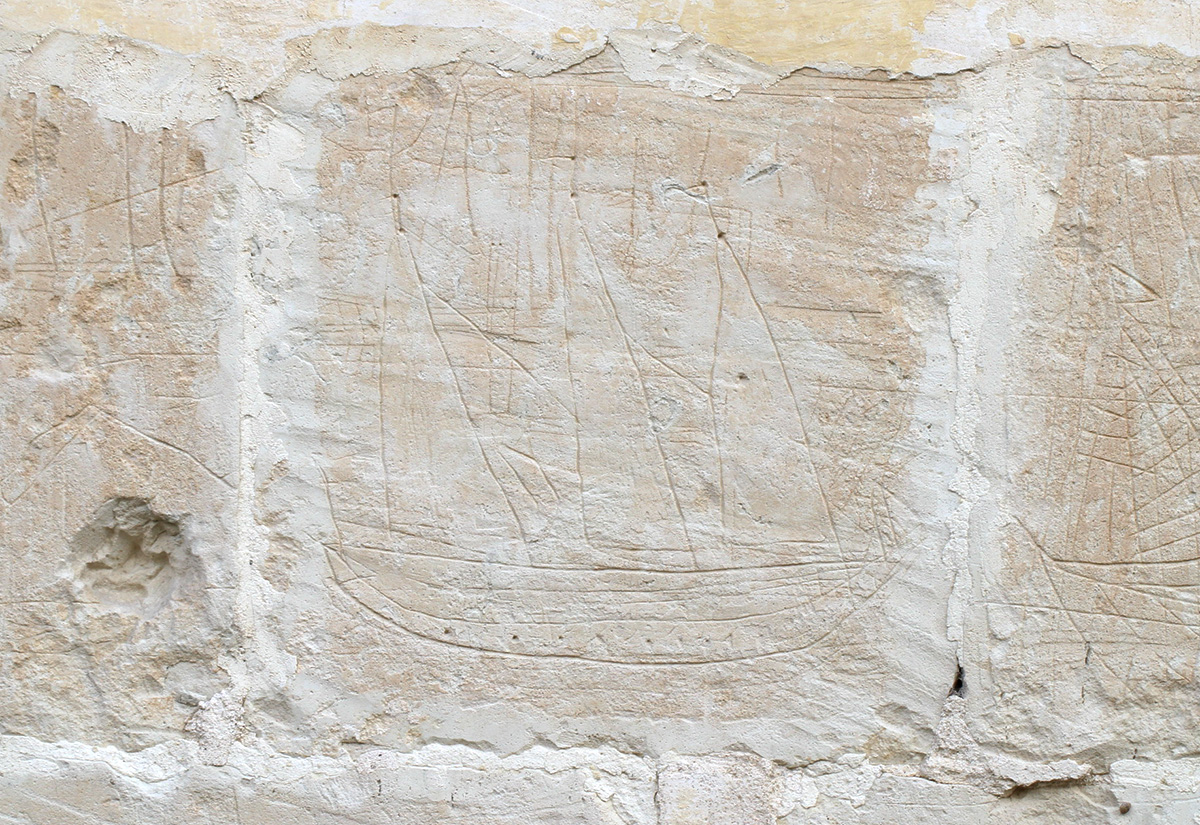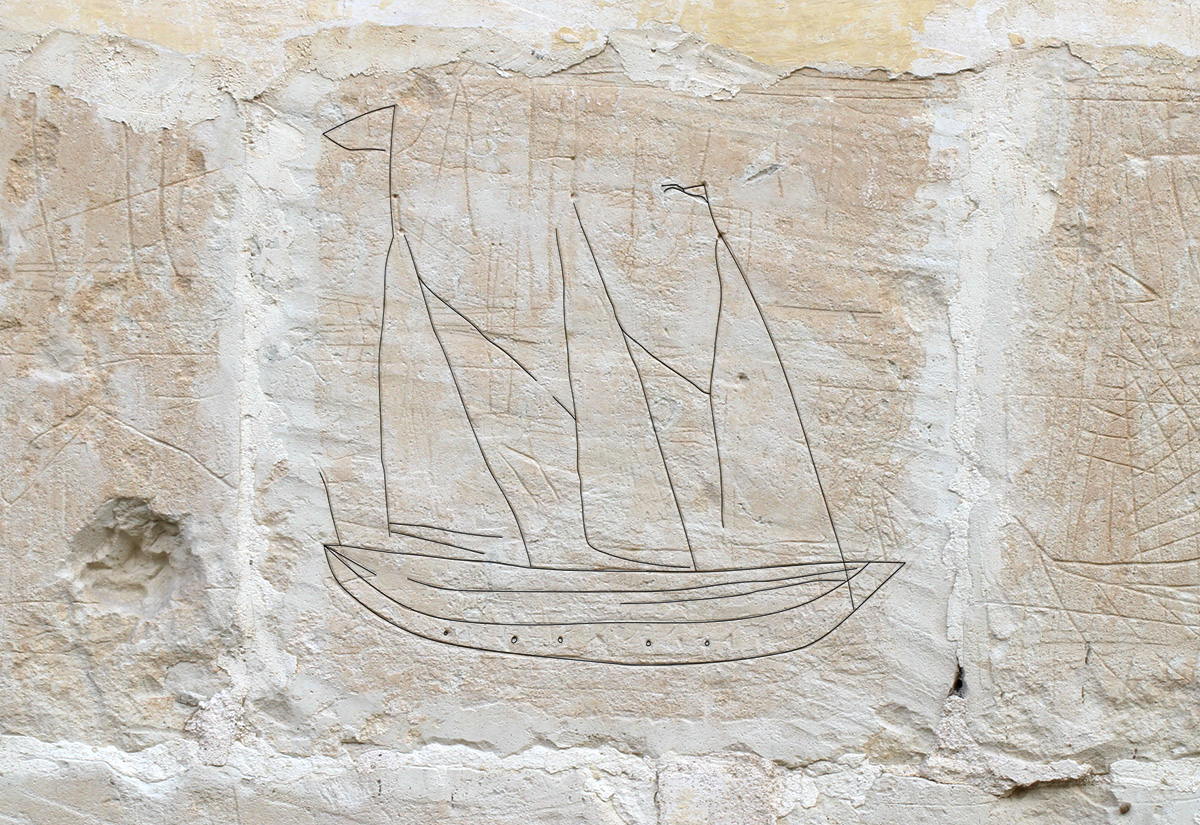Discover Malta's
maritime history
etched in stone
Welcome to the Malta Ship Graffiti Project.
The Malta Ship Graffiti Project (MSGP) project aims to primarily record the historic graffiti of ships found across the Maltese Islands, amongst other types. A historic graffito is defined as a deliberate etching into a surface and subject to deterioration over time. The intention of the MSGP is to gain better insight into these graffiti, using the latest technology and equipment. With this approach, we can now record graffiti that may be invisible to the human eye, overlooked and invisible. The team will also explore the ship types depicted as graffiti, some of which have disappeared from the seas centuries ago.
We want to share a little known part of Malta’s Heritage, raising awareness and preserving the graffiti.



Why study historic graffiti?
Historic graffiti offer a glimpse into cultures and ways of life that no longer exist and may offer important information about the past. In order to preserve the graffiti and the information they hold, they must be recorded.
Recording graffiti can be done either by using a high resolution camera or by drawing an accurate scaled drawing. The spatial context, such as the locality, the type of building it is etched into and the specific region of the building also contributes to interpretation. By studying the features of the graffiti together with the context, researchers are able to make inferences into our collective human past.
